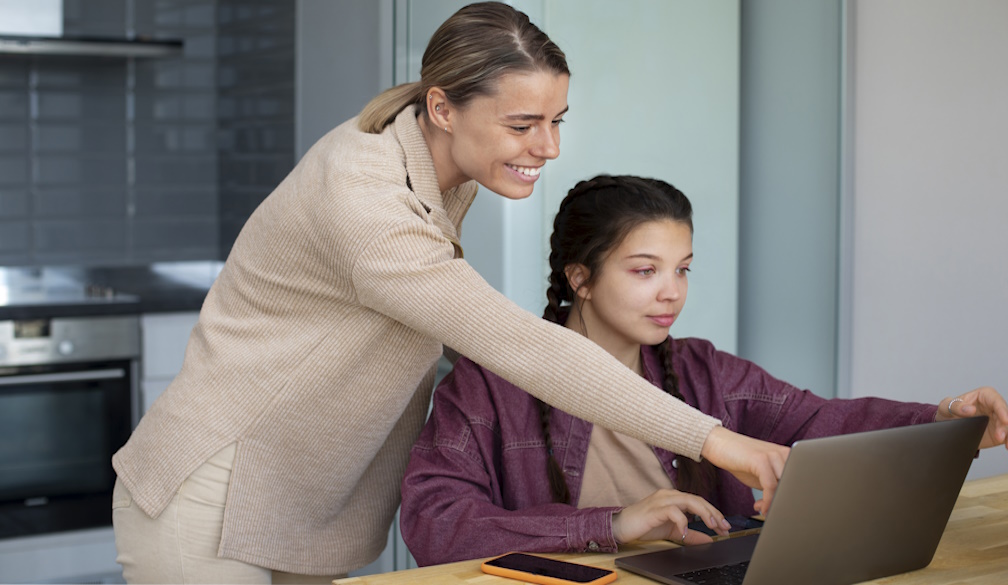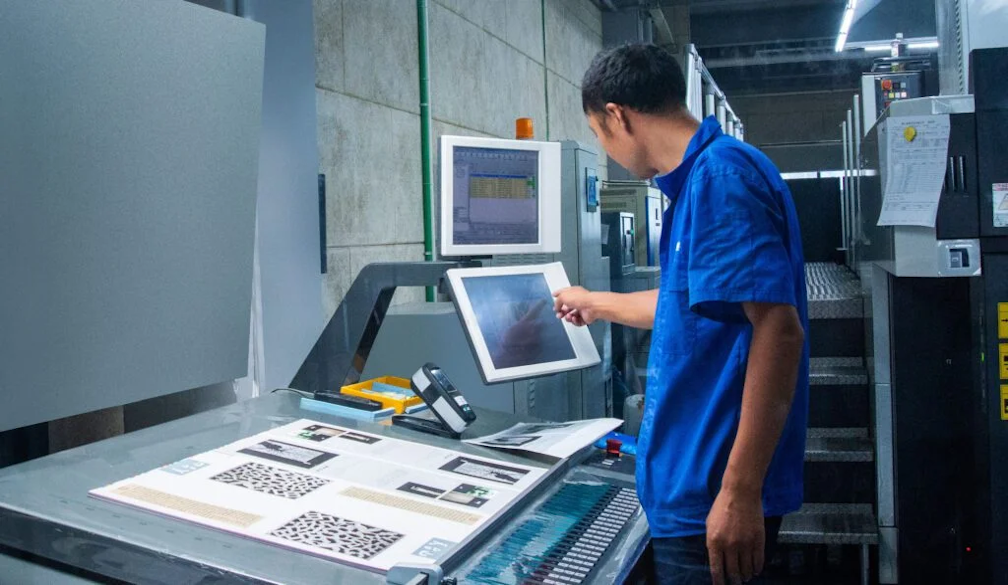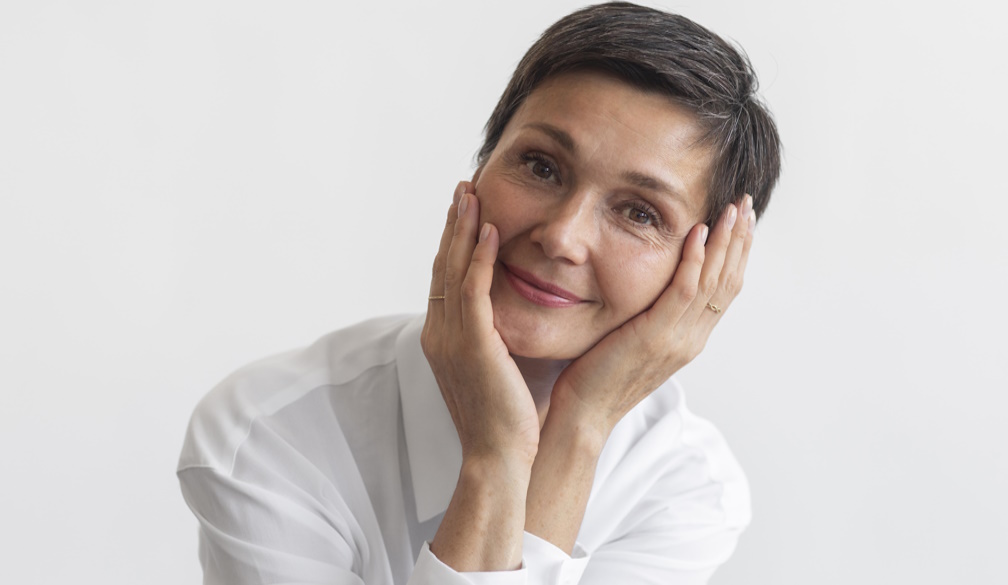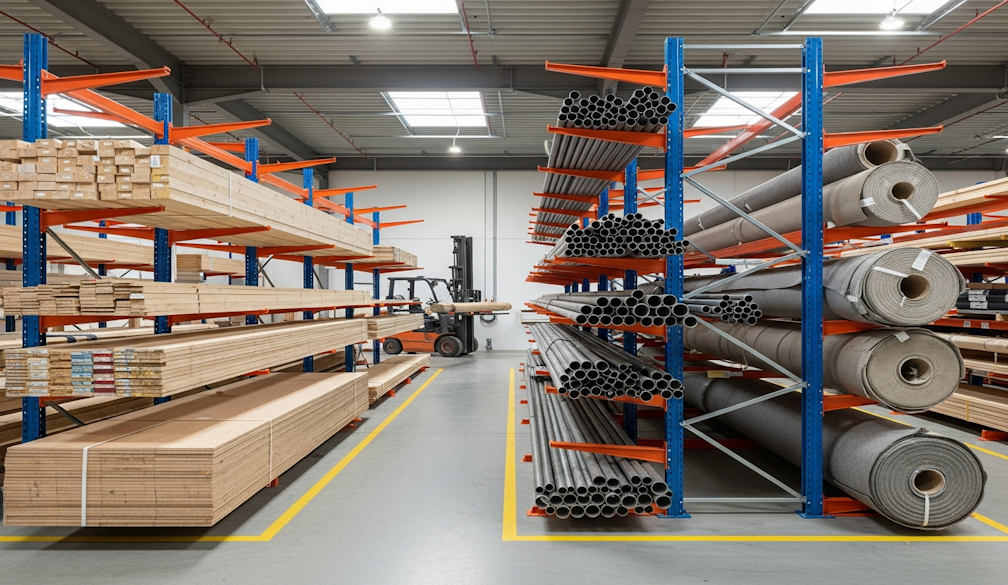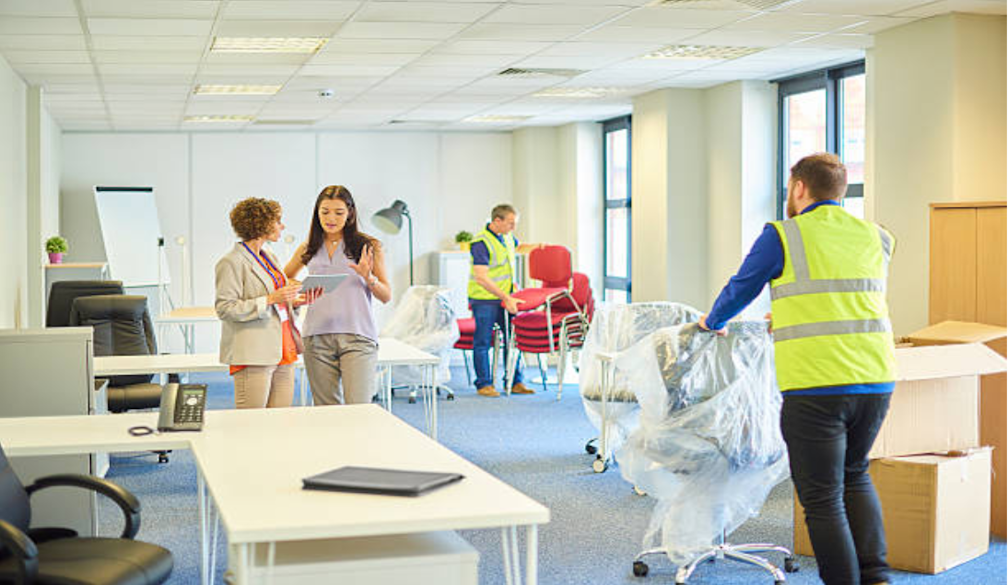Is an ankle sprain also a brain injury? How neuroscience is helping athletes, astronauts and ‘average Joes’
- Written by Gordon Waddington, AIS Professor of Sports Medicine Research, University of Canberra
Have you ever thought of an ankle sprain as a brain injury? Most people probably wouldn’t.
However, we are starting to understand how the brain is constantly adapting, known as plasticity.
Even though the damage of an ankle sprain happens at the ankle, there may also be some changes going on in the brain to how it well it senses pain or movement.
One of our doctoral students, Ashley Marchant, has shown something similar happens when we change how much weight (or load) we put on the muscles of the lower limb. The closer the load is to normal earth gravity, the more accurate our movement sense is; the lower the muscle load, the less accurate we get.
This work means we need to rethink how the brain controls and responds to movement.
Solving an important puzzle
Historically, movement science has attempted to improve muscle function through resistance training, cardiovascular exercise and flexibility.
One of the big issues in the treatment and prevention of sport injuries is that even when the sports medicine team feels an athlete is ready to return, the risk of a future injury remains twice to eight times higher than if they’d never had an injury.
This means sports medicos have been missing something.
Our work at the University of Canberra and the Australian Institute of Sport has targeted sensory input in an attempt to solve this puzzle. The goal has been to assess the ability of the sensory reception, or perception, aspect of movement control.
Input (sensory) nerves outnumber output (motor) nerves by roughly ten to one.
Over 20 years, scientists have developed tools to allow us to determine the quality of the sensory input to the brain, which forms the basis of how well we can perceive movement. Gauging this input could be useful for everyone from astronauts to athletes and older people at risk of falls.
We can now measure how well a person gets information from three critical input systems:
- the vestibular system (inner ear balance organs)
- the visual system (pupil responses to changes in light intensity)
- the position sense system in the lower limbs (predominantly from sensors in the muscles and skin of the ankle and foot).
This information allows us to build a picture of how well a person’s brain is gathering movement information. It also indicates which of the three systems might benefit from additional rehabilitation or training.
Lessons from space
You may have seen videos of astronauts, such as on the International Space Station, moving around using only their arms, with their legs hanging behind them.
The crew of the International Space Station have some fun with ‘synchronised space swimming’ in 2021.This shows how when people leave earth’s gravity, they get minimal information to the sensory system from the skin and muscles of their legs.
The brain rapidly deactivates the connections it normally uses for controlling movement. This is OK while the astronaut is in space but as soon as they need to stand or walk on the earth or moon surface, they are at greater risk of falls and injury.
Similar brain changes might be occurring for athletes due to changes in movement patterns after injury.
For example, developing a limp after a leg injury means the brain is receiving very different movement information from that leg’s movement patterns. With plasticity, this may mean the movement control pattern doesn’t return to an optimum pre-injury status.
As mentioned previously, a history of injury is the best predictor of future injury.
This suggests something changes in the athlete’s movement control processes after injury – most likely in the brain – which extends beyond the time when the injured tissue has healed.
Measures of how well an athlete perceives movement are associated with how well they go on to perform in a range of sports. So sensory awareness could also be a way to identify athletic talent early.
In older people and in the context of preventing falls, poor scores on the same sensory input perception measures can predict later falls.
This might be due to reduced physical activity in some older people. This “use it or lose it” idea might show how brain connections for movement perception and control can degrade over time.
Precise health care
New technologies to track sensory ability are part of a new direction in health care described as precision health.
Precision health uses technologies and artificial intelligence to consider the range of factors (such as their genetic make-up) that affect a person’s health and provide treatments designed specifically for them.
Applying a precision health approach in the area of movement control could allow much more targeted rehabilitation for athletes, training for astronauts and earlier falls prevention for older people.
Authors: Gordon Waddington, AIS Professor of Sports Medicine Research, University of Canberra


